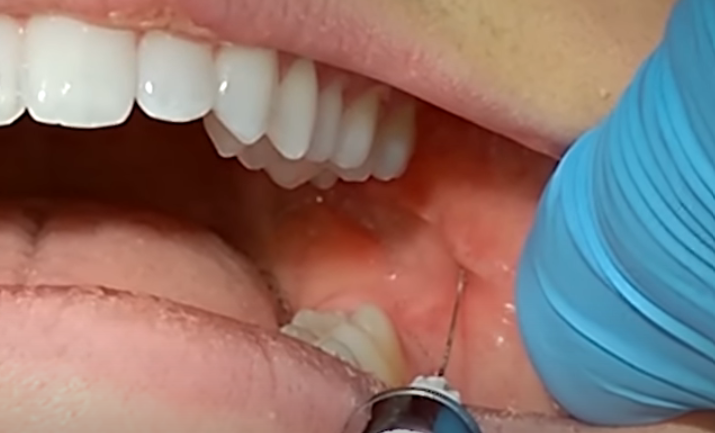What is Buccal?
The term buccal refers to anything related to the inside of the cheek. It comes from the Latin word bucca, which means cheek or mouth.
In anatomy, the buccal region is the area inside the oral cavity between the upper and lower jaws, extending from the lip to the rear of the throat. This region contains important structures such as the buccal mucosa, buccal fat pads, buccal glands, and buccinator muscles.
- Buccal mucosa: The buccal mucosa is the moist lining of the inner cheek. It is composed of a thin layer of epithelial cells that secrete mucus to keep the mouth lubricated. This mucous membrane plays a vital role in protecting the underlying tissues from potential damage and infection.
- Buccal fat pads: Also known as Bichat’s fat pads, buccal fat pads are fatty deposits located in the buccal region. These pads provide natural padding to the cheeks, contributing to facial contours and facial expressions. They are involved in the formation of the fullness and roundness observed in certain individuals’ cheeks.
- Buccal glands: Small clusters of salivary glands located in the buccal region. These glands produce saliva, which aids in the initial digestion of food, facilitates swallowing, and maintains oral hygiene. They secrete enzymes and other substances that break down food particles in preparation for further digestion.
- Buccal muscles: The major muscles of the cheeks. They extend horizontally across the sides of the face and are responsible for various functions, including facial expressions, mastication (chewing), and maintaining oral competence during speaking and swallowing. These muscles are vital for proper speech production and preventing food or liquid from leaking out of the oral cavity.
Buccal drug administration: A common technique used in medicine. It involves placing medication or drugs between the cheek and gum or inside the cheek pouch. This route of drug administration is advantageous in certain situations, such as when patients have difficulty swallowing or when a rapid onset of action is desired. The medication is absorbed through the buccal mucosa and enters the bloodstream, bypassing the gastrointestinal tract.
Buccal branches of nerves and blood vessels: Traverse the buccal region, supplying sensation and nourishment to the cheek and surrounding structures.
I hope this blog post has helped you learn more about the buccal region.

